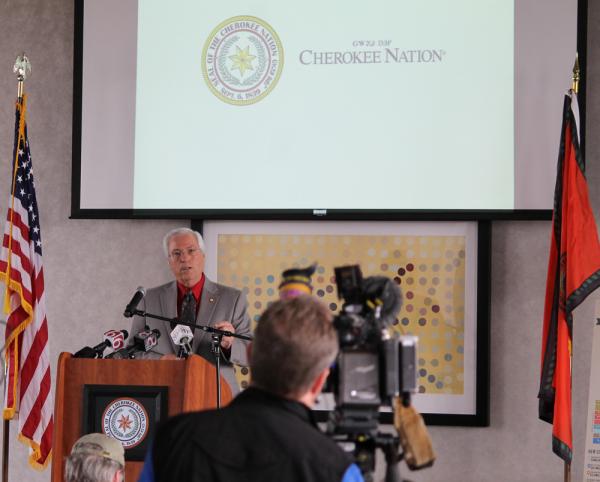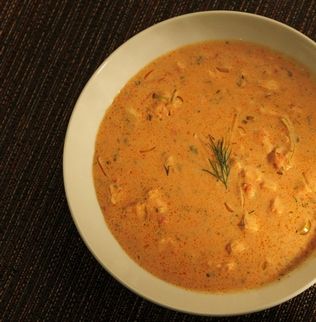Dale Carson, Indian Country Today Media Network
What’s fresh, fragrant and tastes like springtime itself? Zegweskimen (Abenaki for raspberries).
They peak from May to September in most places yet are available year round. This flavorful berry grows both wild and cultured in temperate climates worldwide. Botanists cannot decide on their origin, although Eastern Asia has two hundred known species; North America has three important species and a few minor ones as well. They are a genus of the rose family mostly in the subgenus (Idaeobatus) category, meaning perennial with woody stems and a biennial growth habit.
These juicy buds are easy to grow because all they need is water, sun and well-drained soil, plus a little mulch to keep them moist. Ninety percent of this very important commercial fruit crop in the U.S. comes from Oregon, Washington and California.
The main varieties in North America are red, black and gold. There are also purple raspberries, a hybrid blend of red and black, which are not often produced commercially. Some do grow wild in Vermont and other places where both red and black varieties grow wild. I am fairly certain those are the ones we found in profusion on this property years ago—so many that they had to be picked every couple of days for about a month.
When picking them, they should slip right off a little hollow core easily. If not, it isn’t ready; leave it on the bush to ripen further. They do have nasty stickers on the stalk, and once my mother fell backwards while picking. We were pulling those pesky, mini balls of spikes out of her back for a week.
When berry picking, not too many made it into the house to be used for freezing or cooking; picking encouraged tasting immediately for maximum flavor. It was hard not to pop every other one into your mouth. Raspberries are a great favorite of those on a low-glycemic diet, or any diet for weight loss, because they have no sodium or cholesterol. Nutrition buffs will appreciate they are high in fiber, vitamins A and C, iron and potassium.
Raspberries are highly perishable so should be used within three days of purchase. Buying loosely packed berries is best.
Raspberries play well with balsamic vinegar as evidenced by today’s popular raspberry-flavored vinaigrettes. But a simple of drizzle of balsamic across raspberries is a very unique and delicious pairing. Raspberries also make a wonderful combo with chocolate in baked items, as well as a topping for cheesecake or other desserts. A lot of people make them into sauces, jams or jelly. Native American use was not limited to pressing them into cakes as is done with chokecherries. Our ancestors (and Natives still today) also dried them for future use, boiled them with meat, or made the berries into a refreshing drink. Native use of the raspberry leaves as tea was medicinal—especially for soothing urinary tract issues, labor pains and menstrual cramps, or to prevent miscarriage in some cases.
There is a myth whose origin I cannot find, but it tells of a fox who didn’t like to eat meat. He loved raspberries and ate his fill every time he came upon them. The more he ate, the redder his fur became. This story is of the first fox, I imagine.
Elegant Raspberry-Rhubarb Dessert
For a base to this lovely offering, try a slice of pound cake, a little sponge cake, or even a homemade biscuit.
1 cup raspberries
1 cup rhubarb, cut in 1/2-inch pieces
½ cup sugar or substitute
4 tablespoons water
1 egg
1 tablespoon corn starch
½ teaspoon cinnamon
1 tablespoon melted butter
¼ cup sliced almonds
Put the raspberries and rhubarb in a large bowl and gently toss with the egg, cornstarch and sugar. Add the cinnamon and melted butter. Put water in a medium saucepan and bring nearly to a boil and add fruit mixture, reduce heat and stir gently until it thickens and then turn off heat. Let cool; spoon warm fruit over cake or biscuit and top with whipped cream.
Dale Carson, Abenaki, is the author of three books: New Native American Cooking, Native New England Cooking and A Dreamcatcher Book. She has written about and demonstrated Native cooking techniques for more than 30 years. Dale has four grown children and lives with her husband in Madison, Connecticut.
Read more at http://indiancountrytodaymedianetwork.com/2013/03/30/joys-fresh-plump-raspberries-148461












